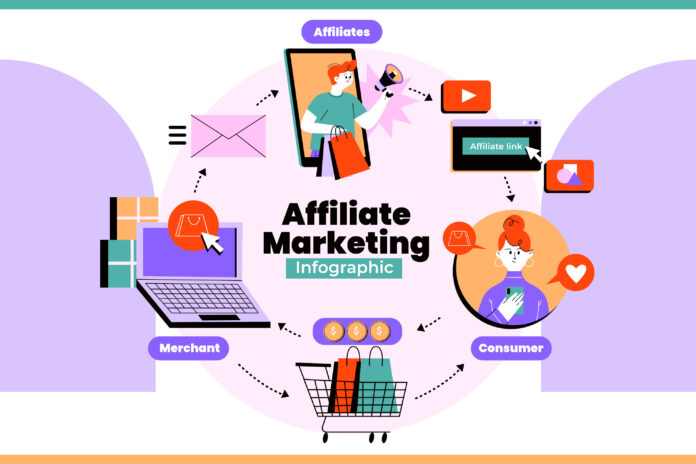Affiliate Marketing 101: Getting Started Guide
Affiliate marketing has become a popular way for individuals and businesses to earn passive income online. It involves promoting products or services and earning a commission for every sale or lead generated through your referral. If you’re new to affiliate marketing, this guide will help you get started on the right track.
1. Understand the Basics of Affiliate Marketing
Before diving into affiliate marketing, it’s essential to understand the basics. Affiliate marketing is a performance-based marketing strategy where affiliates earn a commission for promoting products or services. As an affiliate, you’ll be provided with a unique affiliate link or code that tracks your referrals. When someone makes a purchase or takes a desired action using your link, you earn a commission.
2. Choose a Niche
When starting with affiliate marketing, it’s crucial to choose a niche. A niche is a specific topic or industry that you’ll focus on promoting products or services. Selecting a niche allows you to target a specific audience and establish yourself as an authority in that area. Consider your interests, expertise, and market demand when choosing a niche.
3. Research and Select Affiliate Programs
Once you’ve chosen a niche, it’s time to research and select affiliate programs. An affiliate program is a platform that connects affiliates with merchants who offer products or services to promote. Look for affiliate programs that align with your niche and offer competitive commission rates. Some popular affiliate networks include Amazon Associates, ClickBank, and ShareASale.
4. Build a Website or Blog
A website or blog is an essential tool for affiliate marketing. It serves as a platform to showcase your affiliate products and provide valuable content to your audience. Choose a domain name that reflects your niche and set up a user-friendly website using a content management system like WordPress. Optimize your website for search engines to attract organic traffic.
5. Create Quality Content
Content is king in affiliate marketing. Create high-quality and engaging content that provides value to your audience. This could include product reviews, tutorials, guides, or informative articles related to your niche. Incorporate your affiliate links naturally within your content, ensuring they fit seamlessly and provide genuine value to your readers.
6. Drive Traffic to Your Website
Once your website is up and running, you need to drive traffic to it. There are various ways to attract visitors to your site, including search engine optimization (SEO), social media marketing, email marketing, and paid advertising. Experiment with different strategies to find what works best for your niche and target audience.
7. Track and Analyze Your Results
Tracking and analyzing your results is crucial for affiliate marketing success. Use analytics tools to monitor your website traffic, conversions, and earnings. This data will help you identify which strategies are working and which need improvement. Make data-driven decisions to optimize your affiliate marketing efforts and maximize your earnings.
Conclusion
Affiliate marketing can be a lucrative venture if done right. By understanding the basics, choosing a niche, selecting the right affiliate programs, building a website, creating quality content, driving traffic, and tracking your results, you’ll be on your way to becoming a successful affiliate marketer. Remember, it takes time and effort to build a sustainable affiliate marketing business, so stay committed and continuously improve your strategies.



